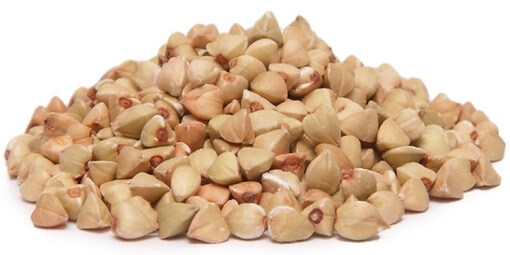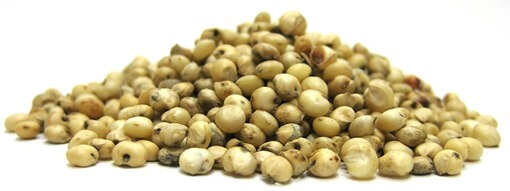Naturally Gluten-Free Grains

Our gluten-free grains make a delicious and nutritious addition to any diet. These tasty and versatile grains are packed with nutrients and lend inspiration to a variety of uses.
1) Organic Raw White Buckwheat
Buckwheat has the highest source of biological protein in the plant kingdom, so it is very easy for our bodies to absorb and use. Buckwheat boasts all eight essential amino acids: the building blocks of protein that our bodies do not produce naturally. Its rich protein content makes organic raw white buckwheat a great addition to vegan and vegetarian diets which have limited options for protein-packed foods. Raw white buckwheat boasts 50 percent more vitamin B than wheat itself, and is also rich in potassium and phosphorous. Enjoy a buckwheat salad by mixing the grain with fresh vegetables or fruits; it makes a perfect side dish or even main course.
2) Quinoa
One of our most popular gluten-free grains, quinoa is actually a seed with grain-like properties. Just like a grain, quinoa is light, fluffy, and easy to eat, but it is also more nutrient-dense. Considered a complete protein containing all of the essential amino acids, quinoa makes a filling and satisfying meal. It contains up to twice as much dietary fiber as other grains and is an excellent source of minerals like magnesium and iron. Since our quinoa is already pre-rinsed, cooking it is easy and quick. Serve quinoa with your favorite veggies, dried fruits, nuts, cooking oils, or any other ingredients.
Perhaps most well-known for its use in the Ethiopian sourdough bread injera, teff is a tiny, yet extremely versatile and nutritious grain. Naturally gluten-free and delicious, teff is another complete protein with all of the essential amino acids. It is also a highly digestible source of iron, and as a low-glycemic food, it is ideal for diabetics. Per serving, teff provides four grams of dietary fiber to support digestive health and keep you feeling full. Teff can be prepared as a hot breakfast cereal and is a nice substitute for oatmeal or cream of wheat. It can also be added to baked goods or served as a side dish.
Sweet white sorghum grain is similar in texture and consistency to rice but is much more nutrient-dense. Per serving, sweet white sorghum grain has four grams of protein and three grams of dietary fiber which makes it a nutritious and filling meal or side dish. Cooked sweet white sorghum grain has a mild sweet taste and fluffy texture. It can be prepared just like rice or couscous and used as a substitute for either. Sweet white sorghum grain can also be milled into a flour and used to make gluten-free baked goods.
5) Millet
Millet is a wonderful addition to gluten-free diets because it provides an excellent source of nutrients. Rich in B-complex vitamins such as niacin, B6 and folic acid, and minerals such as calcium, iron, and potassium, millet is wholesome and healthy. It delivers three grams of protein and two grams of dietary fiber per serving. Millet can be served in soup, salads, as a hot breakfast cereal, or even baked into breads and cookies. It is also delicious prepared in casseroles.
What are your favorite gluten-free grains?



Leave a Reply